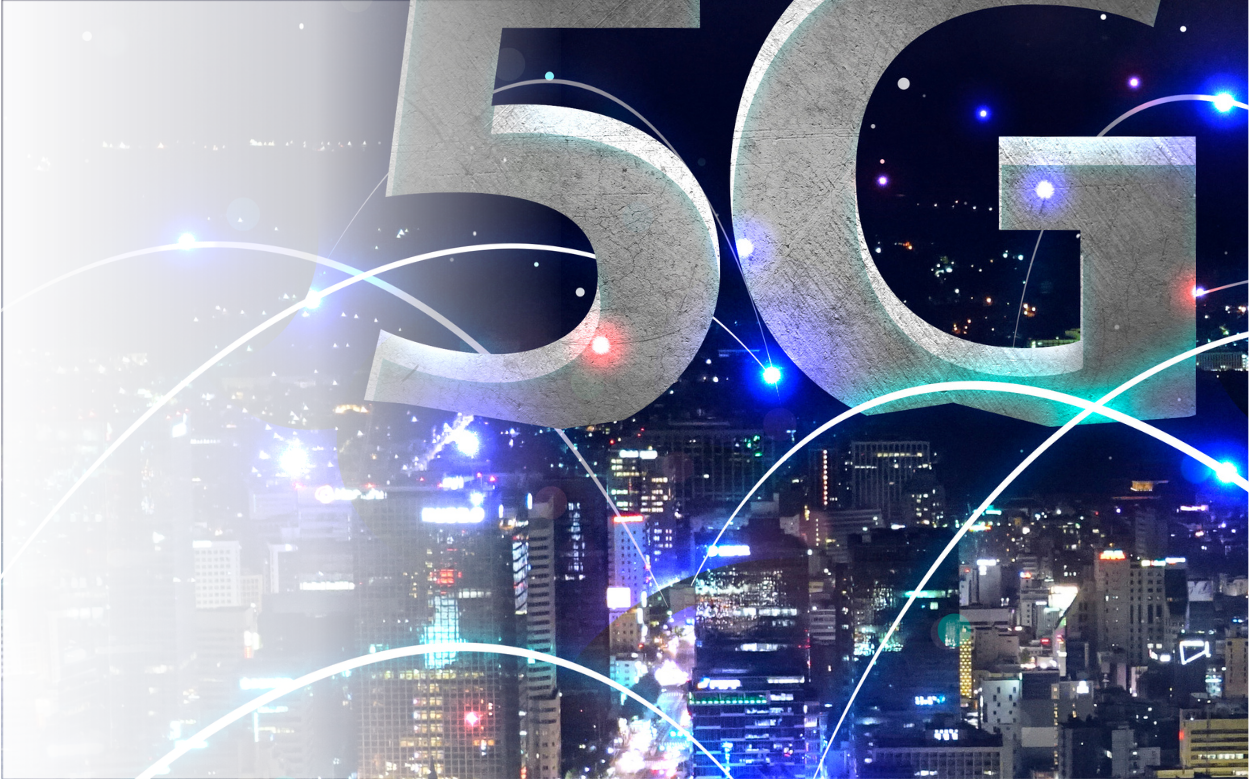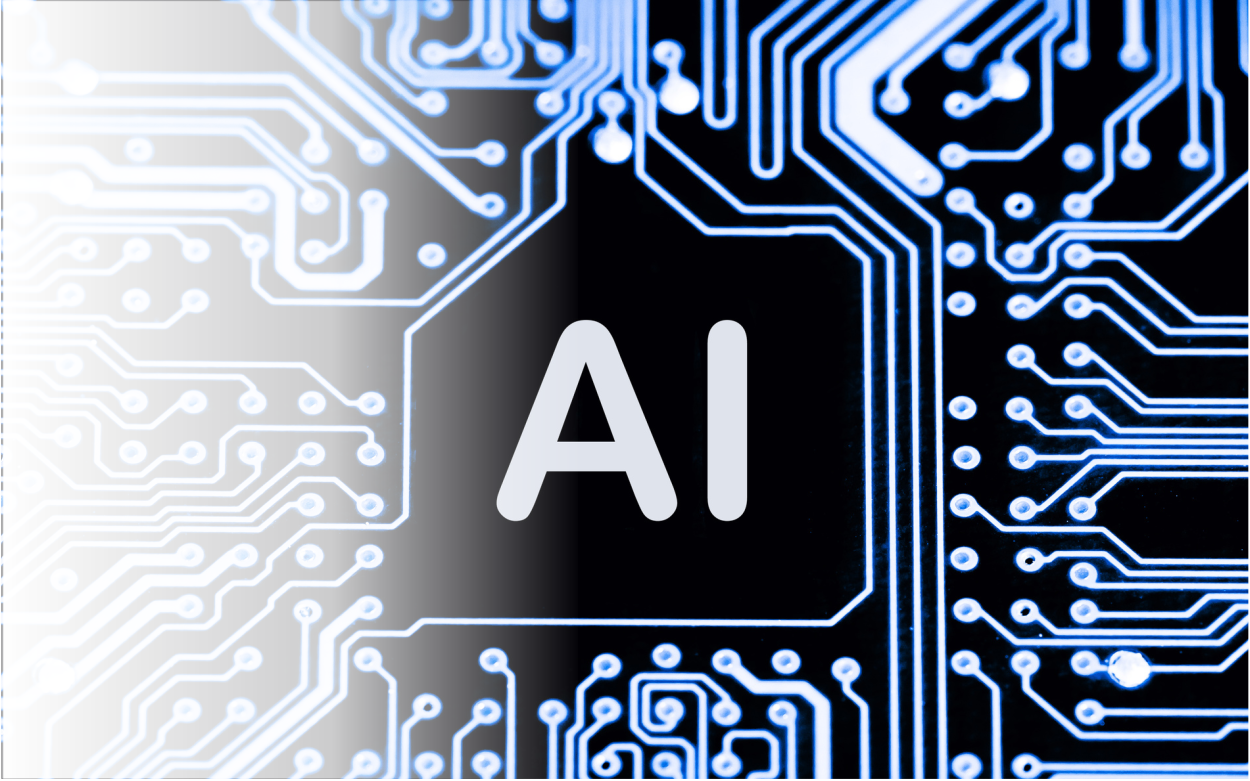6G Technology: The Next Frontier of Connectivity and Innovation
As we stand on the brink of a technological revolution, the telecommunications landscape is preparing for the arrival of 6G technology. Building on the foundations laid by its predecessor, 5G, 6G promises to redefine connectivity, enhance communication, and transform various sectors of our daily lives. This article will explore the fundamentals of 6G technology, its anticipated features, potential applications, and the challenges it may face as it moves towards deployment.
What is 6G Technology?
6G, or sixth-generation mobile telecommunications technology, is the next step beyond 5G. While 5G is currently being deployed around the globe, 6G is still in the research and development phase, with commercial rollouts expected around 2030. The goal of 6G is to provide a wireless communication network that offers unprecedented speed, capacity, and connectivity, further blurring the lines between the physical and digital worlds.
Key Features of 6G Technology
- Ultra-High Speeds: One of the most significant advancements anticipated with 6G is the increase in data transmission speeds. While 5G offers peak speeds of around 10 Gbps, 6G is expected to reach speeds up to 100 Gbps or even higher, allowing for seamless streaming of ultra-high-definition content, including 16K videos and immersive virtual reality experiences.
- Ultra-Low Latency: 6G aims to achieve latency levels lower than 1 millisecond. This ultra-low latency is crucial for applications that require real-time interaction, such as remote surgery, autonomous vehicle communication, and advanced gaming.
- Enhanced Connectivity: With the expected proliferation of connected devices, 6G technology will be designed to support an enormous number of connections. It is estimated that 6G will be able to connect trillions of devices simultaneously, accommodating the growing Internet of Things (IoT) ecosystem.
- Intelligent Network Management: 6G networks are expected to leverage artificial intelligence (AI) and machine learning algorithms for self-optimizing capabilities. This means that the network will be able to adjust and manage itself based on real-time data, ensuring efficient resource allocation and improved performance.
- Terahertz Frequency Utilization: 6G will explore the use of higher frequency bands, particularly terahertz (THz) waves, which can support much wider bandwidths. This will enable faster data transfer rates and increased capacity for network traffic.
Potential Applications of 6G Technology
The transformative capabilities of 6G technology will have far-reaching implications across various industries. Here are some potential applications:
- Enhanced Communication: 6G will pave the way for advanced communication methods, including holographic teleconferencing. Imagine being able to hold face-to-face meetings with participants appearing as life-sized holograms in your living room, providing a sense of presence that traditional video calls cannot match.
- Immersive Experiences: With speeds and latency low enough to support seamless augmented reality (AR) and virtual reality (VR) applications, 6G will revolutionize entertainment, education, and training. Users will experience fully immersive environments, transforming how we engage with media, learn new skills, and interact with each other.
- Smart Cities: The development of smart cities will be accelerated by 6G technology. Connected infrastructure will improve urban planning, traffic management, and public safety. For instance, real-time data collected from various sensors can optimize traffic flow, reduce congestion, and enhance emergency response times.
- Autonomous Vehicles: The automotive industry stands to benefit significantly from 6G’s capabilities. Low-latency communication between vehicles and infrastructure will facilitate safer and more efficient autonomous driving. Vehicles will communicate with each other to prevent collisions and optimize routes, while real-time data sharing will enhance navigation systems.
- Telemedicine: In the healthcare sector, 6G will enable remote surgery and telemedicine applications that require real-time feedback and high-definition video. Surgeons will be able to perform complex procedures remotely with precision, improving access to specialized care in underserved regions.
The Challenges Ahead for 6G
Despite the exciting possibilities of 6G technology, several challenges must be addressed before its full potential can be realized:
- Infrastructure Requirements: The deployment of 6G will necessitate significant investment in new infrastructure. This includes the installation of small cells and advanced antennas to support higher frequency bands and increased capacity.
- Regulatory and Standardization Issues: As with previous generations, 6G will require global cooperation to establish standards and regulations. Ensuring compatibility across different regions and countries will be crucial for widespread adoption.
- Cybersecurity Concerns: The proliferation of connected devices and the increase in data traffic will raise concerns regarding cybersecurity. Protecting sensitive data from cyberattacks will be paramount, necessitating robust security measures and protocols.
- Environmental Considerations: The deployment of 6G technology will require careful consideration of environmental impacts. The energy consumption of the new infrastructure must be minimized, and strategies for sustainable development should be prioritized.
The Future of 6G Technology
As research and development for 6G technology continues, it is clear that its impact will be profound. The integration of AI, machine learning, and advanced connectivity will not only enhance existing applications but also create entirely new ones, reshaping industries and society as a whole.
By 2030, we can anticipate a world where connectivity is seamless, communication is instantaneous, and our interactions with technology are more immersive than ever before. 6G will enable innovations that we have only begun to imagine, from advanced healthcare solutions to revolutionary changes in transportation and urban living.
Conclusion
6G technology represents the next frontier of connectivity, poised to enhance our lives in ways we are only beginning to explore. As we look toward the future, it is essential to embrace the opportunities and address the challenges that come with this new technology. The journey toward 6G will require collaboration among governments, industries, and academia to ensure that its benefits are realized across the globe. With 6G on the horizon, the future of connectivity is brighter than ever, promising a world that is more interconnected, efficient, and innovative.








